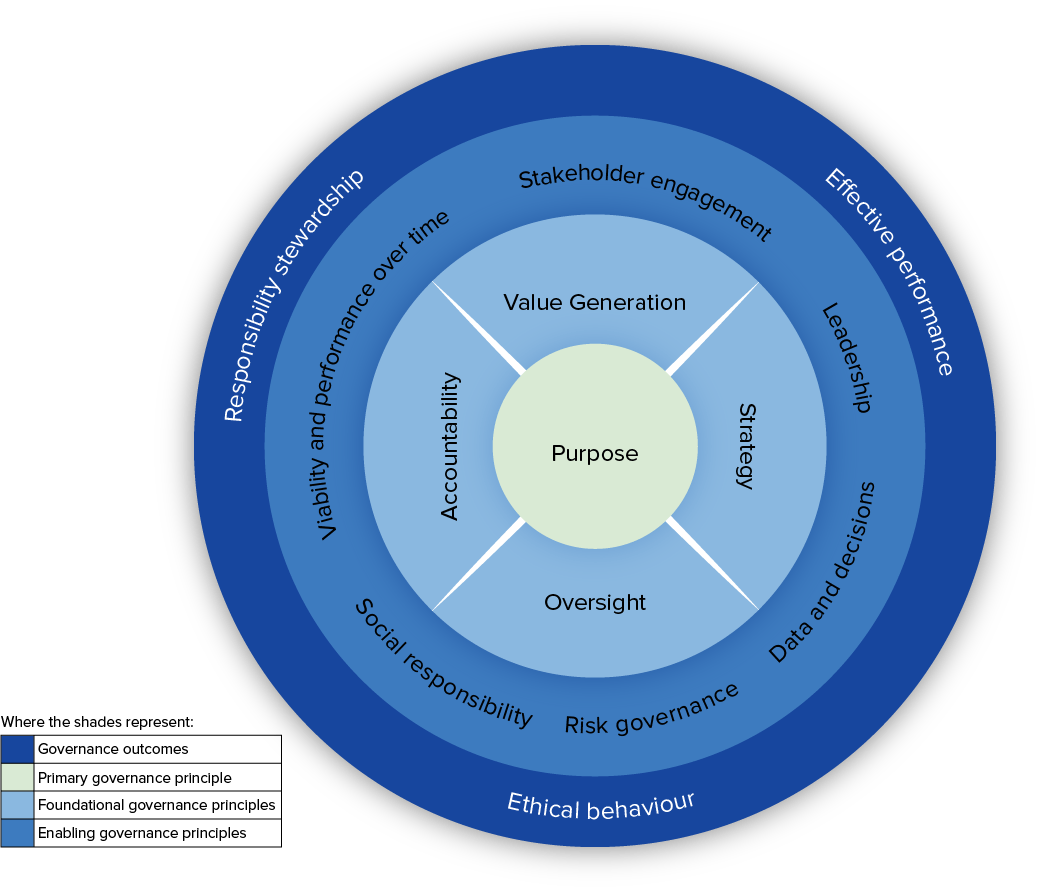The Indonesian government has strengthened national information security governance through the issuance of Ministerial Regulation of Communication and Digital Affairs (Permenkomdigi) No. 8 of 2025. This regulation mandates all commercial postal and logistics service providers to implement an Information Security Management System (ISMS) in accordance with the international standard ISO/IEC 27001:2022.
This policy reflects the government’s commitment to ensuring data security, maintaining public trust, and enhancing the competitiveness of the national logistics industry in the digital era.
Why Information Security Has Become a Legal Obligation
The logistics and postal sector is among the industries most exposed to information security risks. Every day, millions of customer data points are processed and stored digitally — from delivery addresses to transaction details. Without a robust information security management framework, threats such as data breaches, cyberattacks, and misuse of information can result in significant financial and reputational losses.
Through Permenkomdigi No. 8 of 2025, the government affirms that:
-
Information security is no longer optional but a legal obligation;
-
Postal and logistics providers must implement and demonstrate compliance with ISO/IEC 27001:2022;
-
ISO/IEC 27001:2022 certification serves as evidence of commitment and regulatory compliance with proper information security governance.
Implications for Postal and Logistics Service Providers
Compliance with this regulation brings direct implications for all postal, delivery, and logistics providers.
Key requirements include:
-
Establishing a structured information security system aligned with business and operational risks.
-
Defining documented and integrated data security policies and procedures.
-
Conducting internal and external audits to ensure the effectiveness of implementation.
-
Obtaining ISO/IEC 27001:2022 certification through accredited certification bodies.
-
Promoting a strong information security culture across all levels of the organization.
This implementation not only ensures compliance with government regulations but also strengthens customer trust and builds a long-term foundation for cyber resilience.
ISO/IEC 27001:2022 — The Global Foundation of Information Security
ISO/IEC 27001:2022 is the international standard for implementing an Information Security Management System (ISMS).
It provides organizations with a systematic framework to:
-
Identify and assess information security risks;
-
Establish appropriate data protection controls and policies;
-
Maintain the confidentiality, integrity, and availability of information;
-
Ensure legal compliance with national and international requirements.
For the logistics and postal industries, ISO/IEC 27001:2022 helps create a secure, efficient, and trustworthy digital supply chain amid the growing complexity of cyber threats.
Robere & Associates’ Support for Compliance and Cyber Resilience
As an internationally certified management system consultancy, Robere & Associates has supported numerous organizations across the logistics, transportation, and postal sectors in effectively implementing ISO/IEC 27001.
Robere’s approach focuses on risk-based and sustainable strategies, including:
-
Design and implementation of ISMS tailored to organizational context and risk environment;
-
Audit and certification support for ISO/IEC 27001:2022 until official certification is achieved;
-
Training and awareness programs to strengthen internal information security culture;
-
Integration of multiple standards such as ISO 9001, ISO 22301, and ISO 27701 to ensure system efficiency and alignment.
With over 35 years of experience, Robere ensures that every client is not only compliant but also truly secure and resilient against future digital threats.
FAQ: ISO/IEC 27001 for the Logistics and Postal Sector
1. What is Permenkomdigi No. 8 of 2025?
Permenkomdigi No. 8 of 2025 is an official regulation issued by the Ministry of Communication and Digital Affairs of Indonesia, requiring postal and logistics service providers to implement an Information Security Management System (ISMS) in accordance with ISO/IEC 27001:2022.
2. Why is ISO/IEC 27001 mandatory for the logistics and postal industry?
Because this sector handles massive volumes of customer and transactional data daily. ISO 27001 helps ensure data protection, prevent information leaks, and maintain operational reliability.
3. What are the main benefits of implementing ISO/IEC 27001 for logistics organizations?
Key benefits include increased customer trust, reduced cybersecurity risks, compliance with government regulations, and improved digital competitiveness.
4. How does the ISO/IEC 27001 certification process work?
The process typically involves a gap analysis, implementation of security controls, internal audits, and external audits by accredited certification bodies that issue the official certificate.
5. How can Robere & Associates assist organizations in meeting this regulation?
Robere & Associates provides end-to-end services — from consultation, implementation, and training to audit and certification assistance — ensuring your organization meets all regulatory requirements while maintaining customer trust.




















